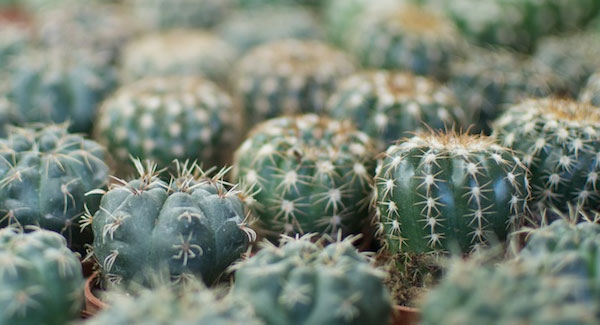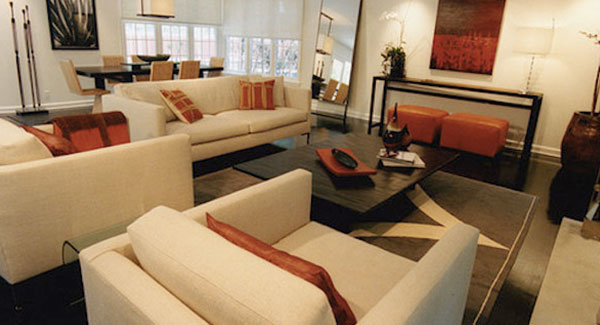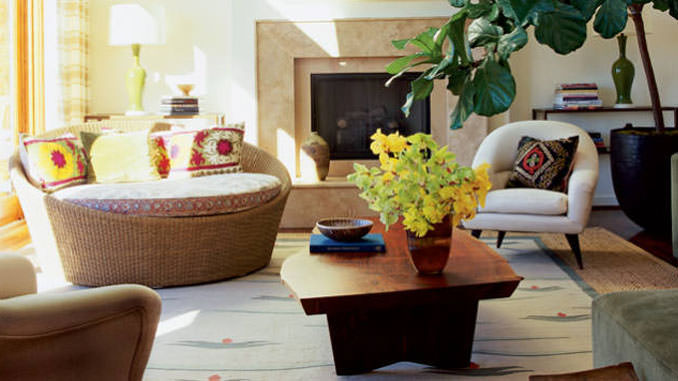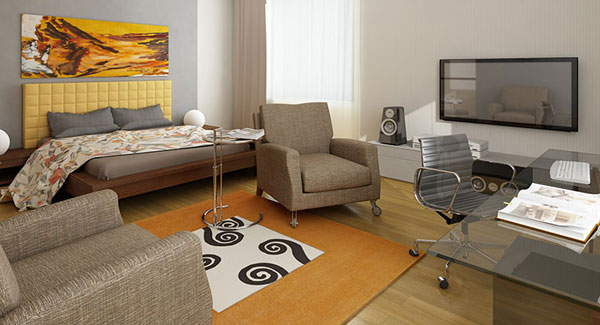
How to Choose the Carpet
The carpets are among the most decorative furnishings and precious that we can have in the house. But, sometimes, they are also victims of absurd prejudices, like the fact that they are repositories of germs or dust mites or dangerous to their allergenic potential.
Of course, if not treated with care and disinfected carpets periodically, like all other soft furnishings (curtains and cushions in the first place), they can become unhygienic but if cleaned regularly (with a vacuum cleaner, beaten and left in the open air in the light of the sun) can really become faithful companions and leaders of your decor.
The world of carpets is varied and full of offers. Here is a brief overview of how you can choose one that best suits your needs for your decor and especially your budget. An initial assessment is to be made about the use to which it will do.
If the carpet you need only to cover part of the floor and prevent, for example, the parquet is not damaged best to avoid spending a fortune! So splurge on a carpet cheap! A second concern the type: classic or modern, oriental, or contemporary.
Suppose you want to use them as pieces of furniture hanging on the walls, better than the decision toward a small carpet, lightweight fabric, tapestry style! You can even frame it! The carpet can also help redefine the spaces in large rooms or unique ones: placed under the table, for example, allows you to define a precise area within the living.
Here is an overview of the most common carpets :
Tapestries: These are fabrics with oriental ornaments and figures, worked according to a technique already in use in the thirteenth century in the city of Arras (from whose name comes the term). In Europe, games are distributed to the thirteenth century representing the arts and tastes of the courts and the nobility.
Afghan carpets: were originally made with sheep’s wool or camel’s hair and are made with the Persian knot. The famous drawing GUL (the main reason) will be played in variations of shapes, generally in shades of red.
Pakistani carpets: carpets of this kind are inspired by symbols and designs of the neighboring regions since there is no real reason for Pakistan. It is used for knotting node open that produces a change in the color tones according to the viewpoint of the carpet.
Chinese carpets: carpets are elementary chroma level and free of intricate decorations. Generally, Chinese carpets have an open field with a few drawings and are cared for, with a symbolic meaning, can be dragons, phoenixes, or mythological. The colors most represented are yellow, rose and yellow, gold, red, blue, green, dark ocher, and white.
Persian carpets are perhaps the most ” popular,” characterized by a large central medallion whose motif is also around. Most of the specimens have distinctive colors such as blue, red, brown, and beige, generally made of wool. Often, the most valuable specimens are used silk or threads of gold and silver.
Indian carpets: The Indian carpets are marked by a range of bold colors and intense, for example, yellow, green, light blue. The margins are disconnected from the earth’s colors, such as the excuse, which contrasts with the central part. The pattern usually involves asymmetrical designs. The most popular models are made of cotton or wool.
Turkish carpets: Turkish carpets are mostly made of silk and have bright colors and strong contrasts. The most common decorative elements are squares, hexagons, octagons, diamonds, stars, and other geometric figures of small size, and the preferred material is wool.
Kilim carpets are these beautiful carpets long and narrow, made of rough wool with bright colors and geometric shapes, are very suitable for contemporary furniture and corridors or walkways or in place of runners. Perfetti also in front of the sofa or on the premises that separate the day from the night, acting as a path.
Contemporary carpets: Finally, there are many other types of carpets, an alternative to the classic ones of eastern origin. There are modern carpets with, contemporary look that ecology. The need to recycle and obtain products with a lesser charge and often do not require any decorative painting: they are the natural fiber carpets, coconut, banana, of other plant species.




